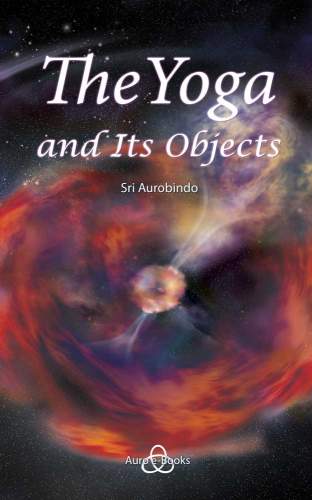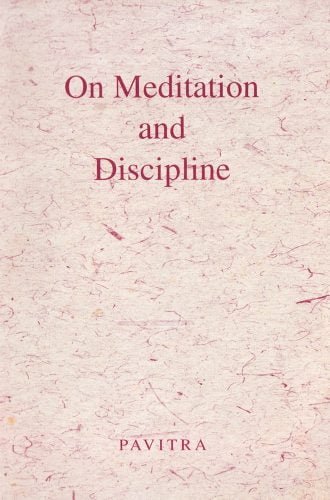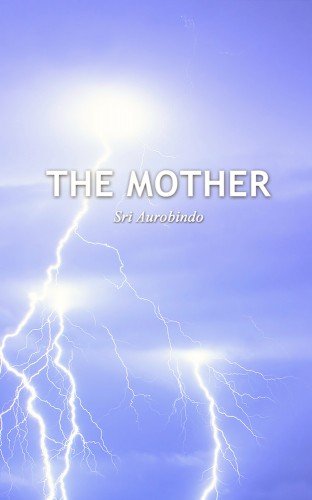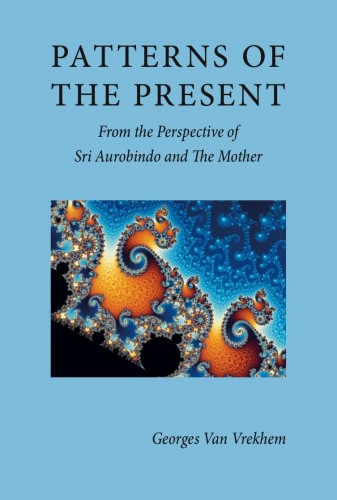The New Spirituality
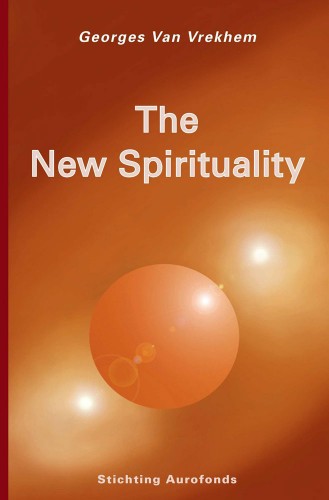
The New Spirituality
Georges Van Vrekhem, a Flemish Belgian, lived in Auroville from 1978 until his passing on 31st August, 2012.
In that period he published a number of highly seminal books on Sri Aurobindo and the Mother such as Beyond Man, the Life and Work of Sri Aurobindo and the Mother (1997); The Mother, the Story of Her Life (2000); Overman: The Intermediary between the Human and the Supramental Being (2001); Patterns of the Present, from the Perspective of Sri Aurobindo and the Mother (2002); Hitler and His God, the Background to the Nazi Phenomenon (2006); Evolution, Religion and the Unknown God (2011), and Preparing for the Miraculous (2012), containing the eleven lectures Georges had given in 2010-2011 at Auroville’s Savitri Bhavan and Town Hall.
In 2006 he was awarded the Sri Aurobindo Puraskar by the Government of Bengal.
At his passing Georges left a number of unpublished essays behind. Some of them were based on his talks in Auroville at the end of 2011, when he embarked on a second series of lectures on a wide variety of topics related to Sri Aurobindo and the Mother. However, first Cyclone Thane and later his deteriorating health disrupted these lectures.
This book, which contains his unpublished essays as well as some of his articles and interviews that have been published in the magazines Auroville Today, Mother India, and The Advent, and in the book The Journeying Years, is published to honour Georges Van Vrekhem in recognition of his immense work in helping to understand the life and work of Sri Aurobindo and the Mother.



